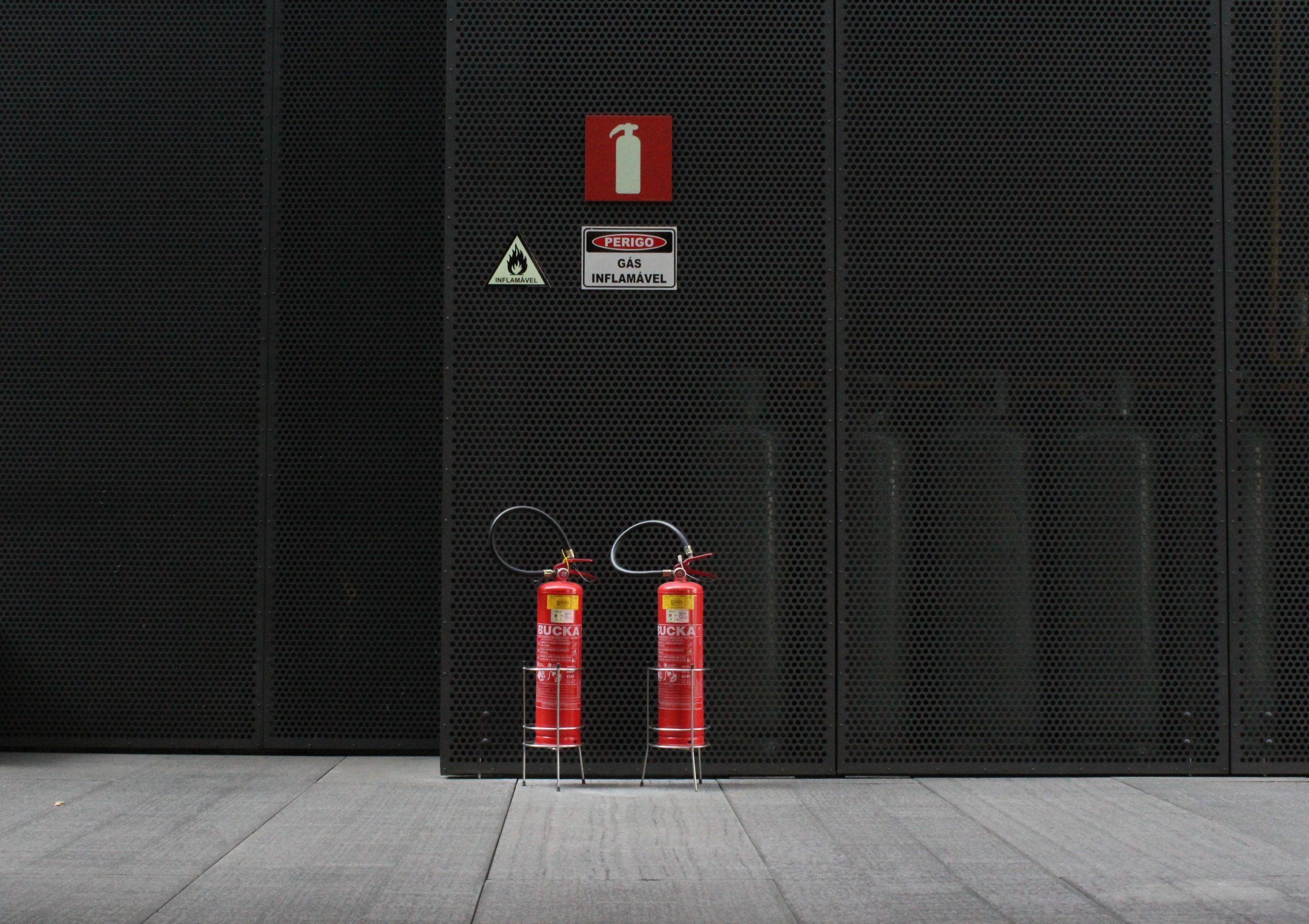Sydney’s fire safety laws include more than a simple checklist. The heart of the process is the Annual Fire Safety Statement (AFSS) the document which not only meets the law but also proves the owner’s commitment to security and accountability. The Annual Fire Safety Statement (AFSS) is the foundation of the system. It does not only meet legal requirements, it also shows a building owner’s dedication to safety and accountability.

Why the Annual Fire Safety Statement Exists
The requirement to have an annual Fire Safety Statement Sydney wasn’t designed as an exercise in paper. Systems for protecting against fire are only efficient if they’re maintained regularly tested, certified and verified. You may think that a sprinkler installed just a decade ago is operating fine, but it won’t be able to function in a situation of emergency when the system hasn’t been inspected.
The AFSS obliges property owners to be able to prove, at least every year, that their fire safety measures, from alarms to hydrants, to lighting at the exit, continue to meet the original standards set by the Building Code of Australia. The AFSS isn’t just an inspection, it is a publicly-proclaimed declaration of the safety and strength of the building in the case of a major disaster.
What’s the main difference between AFSS and Fire Safety Certificates?
Many owners mistake their annual statements with the Fire Safety Certificate, but their purposes differ. The certificate is issued when a new system is installed or when major upgrades are made. The certificate confirms that the new measures are in compliance with the regulations before a property or tenancy agreement is signed. The AFSS is a step after the fact. The AFSS has a continual obligation to demonstrate that the systems that are in use meet the standard every year following installation.
Taken together, they create the cycle of security: certificates validate that safety systems are properly installed and annual reports ensure that these systems are properly maintained throughout the duration of the building’s existence. If either of these steps isn’t done and the whole chain of protection could be damaged.
The Responsibility entrusted to Building Owners
In New South Wales, the AFSS process is unique in the sense that the owner of the property bears the final say. The AFSS process is different from other compliance systems that permit defects to be classified into major and minor. If even one element fails the whole statement will not be validly issued.
This means that owners must take the initiative. Owners must adhere to strict deadlines while scheduling inspections, engaging certified practitioners organizing repairs, and sending documents to council. For strata and commercial landlords, this means that they must coordinate with each other. committees, this responsibility also includes coordination between tenants and contractors as well as insurers. While it can be challenging, the structure was created to ensure safety would never be at risk.
The broader impact of AFSS in Sydney
Beyond compliance with the law Beyond compliance with law, the AFSS has more ramifications. When renting space, tenants frequently inquire about the safety statements of the building. Insurance companies also often request copies prior to deciding their insurance coverage. A current Annual fire safety statement can therefore influence property value, tenant confidence, and even insurance premiums.
For councils, it offers assurance that the buildings of thousands across Sydney are regularly monitored. Fire authorities will be able to reduce risks by making sure systems function in the event of a real emergency. In essence, the AFSS isn’t just about protecting buildings in particular, but also about creating a safer city as a whole.
Conclusion: AFSS as a Standard of Trust
The requirement for an annual Fire Safety Statement Sydney may appear as a bureaucratic obstacle but in reality, it’s an act of confidence. It proves that fire safety measures are not placed in the hands of chance. It also confirms that the apparatus is trustworthy and that building owners accept responsibility for their residents’ well-being. It’s a component of a system which verifies the system’s installation and the effectiveness of crucial safety measures.
For homeowners, the lesson is clear: the AFSS is much more than just an annual date. It is an investment in safety, accountability and community trust. The AFSS is invaluable in Sydney’s rapidly growing urban environment which has a lot of people relying on dependable and safe buildings.